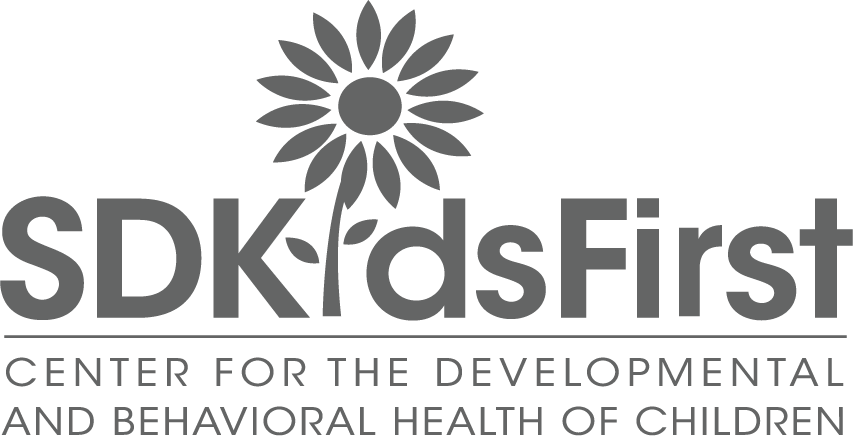(Many thanks to my colleague Andrea De Marino, MHS, OTR/L for this article. For more about Andrea or occupational therapy visit her website at www.sensorysolutionsinc.com – Dr. Deb)
Some children have a difficult time interpreting sensory information from their environments, whether it be from the sense of touch (tactile input), movement (vestibular input), or joint and muscle feedback (proprioceptive input). Difficulty processing this information can lead to many issues, one of which is poor body awareness. Poor body awareness makes it difficult to know where the body is in relation to other objects in the environment and makes learning new motor tasks very difficult.
Occupational therapists often use a technique called sensory integration to help children process and use sensory information more effectively. Sensory motor activities improve joint and muscle feedback and help children to create an internal map of where their bodies are in space. This helps them to be less clumsy and better able to use their bodies to participate in daily tasks,
such as maneuvering around playground equipment.
For example, John was a little boy who when brought to the playground would just stand and watch other kids. He did not get proper feedback from his sensory systems so he felt “lost in space.” He would sit on a rocking horse and rock back and forth for hours because he was not sure how to use his body to perform new motor tasks or interact with new pieces of playground equipment. He was fearful of playing with other children because he lacked the body awareness to keep up with the unpredictable environment of playing with other kids. He was sad and lonely because he didn’t know how to play with the other kids.
His occupational therapist (or OT) used activities such as balancing on a balance board while throwing at a target to build his body awareness and joint and muscle feedback. He crawled through tunnels and over and under obstacles to help him be more aware of where his body was in space.
Now he is able to go to a new playground and try pieces of equipment because he is aware of where his body is in relation to other objects and how much force to use when climbing over or under objects. Most importantly, he is able to play games with his peers and has more confidence than he did before.
Andrea De Marino, MHS, OTR/L
www.sensorysolutionsinc.com
BIO: Andrea is an occupational therapist who earned her Master’s Degree in Health Sciences from the Medical College of Georgia in 2006. She has worked in a variety of therapy settings across the country including hospitals, inpatient and outpatient rehabilitation centers, skilled nursing facilities, schools, and private pediatric clinics. Although she enjoys working with patients of all ages, she decided that her passion was working with children.
Her areas of expertise include autism, sensory processing disorder (SPD), general sensory integration dysfunction, writing impairments, fine motor difficulties, brain injuries, and genetic disorders.
